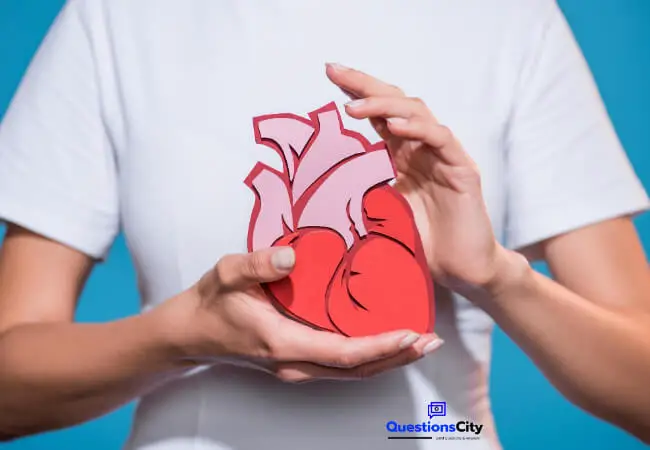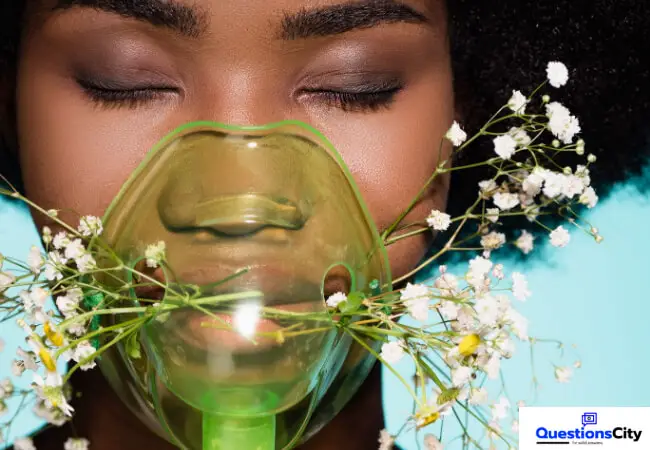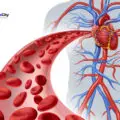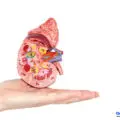Last Updated on August 14, 2021 by
The admit human heart is about the size of a clenched fist. Yet it generates enough energy in 24 hours to lift 68,0£O kilograms, or the weight of a locomotive, 30 centimeters off the ground. It pumps about 16,360 liters of blood in 24 hours.

This amazing organ, which only weighs 225 to 340 grams, is built like a double-story house. Each part has a room upstairs, the right and left “auricles”, and a room downstairs, the right and left “ventricles”.
There are trap doors called “valves” between the auricle and ventricle on each side, but none between the two houses. There are also exits from the ventricles into arteries and entrances from veins into the auricles. All the doors in a healthy heart fit very snugly because once blood is squeezed out of the heart, it must not flow back through the same door. The valves open and shut with each heartbeat.
Actually, the heart is two pumps, one on each side. The left side receives the oxygenated blood from the lungs and sends it through the body. The right side receives it back again with less oxygen and more carbon dioxide and sends it to the lungs.
The two upper rooms, the auricles, have thinner walls because they send the blood only a short distance to the lower rooms. The right ventricle has somewhat thicker walls, for it sends the blood to the lungs. The most important room in the heart is the left ventricle, with the thickest walls, for it sends the blood farthest.
The heart squeezes up and relaxes about 100,000 times each day. In a child it does this from 90 to 100 times a minute; in an adult, from 70 to 80 times a minute. When you make a special effort, such as running a race, the heart works about three and a half times as hard.
What side is your heart?
Short Answer- heart lies in the front and middle of your chest, behind and slightly to the left of your breastbone.
What Are The 4 Main Functions Of The Heart?
1. Pumping oxygenated blood to the other body parts.
2. Pumping hormones and other vital substances to different parts of the body.
3. Receiving deoxygenated blood and carrying metabolic waste products from the body and pumping it to the lungs for oxygenation.
4. Maintaining blood pressure.
What’s the main function of the heart?
Answer- The heart is the center of our circulatory system and is responsible for pumping blood to different parts of the body. It also receives electrical signals from the brain, which are the precursors to heartbeats or other heart-related activities.
What are the main parts of the heart?
Answer- Heart Chambers, Valves, Vessels, Wall, and Conduction System.






